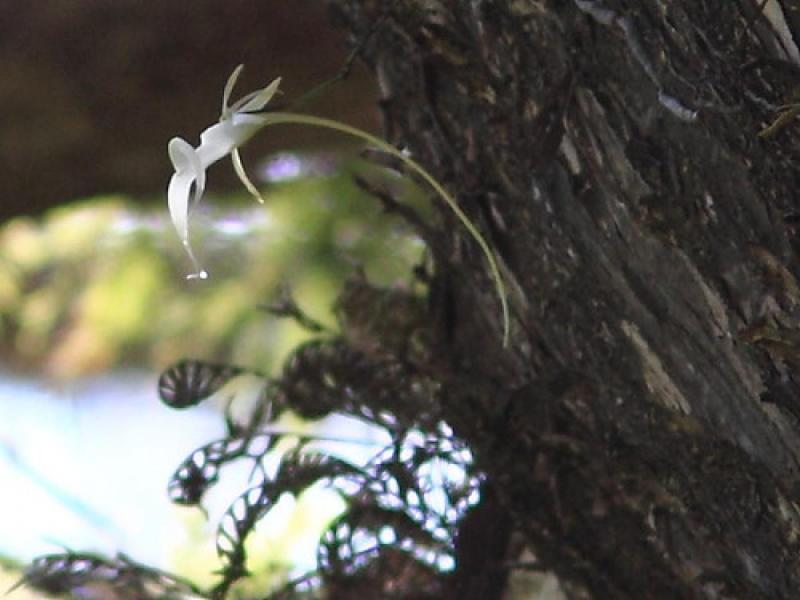Polyrrhiza lindenii
Native to: Cuba
General Information
Polyrrhiza lindenii is a warm growing epiphytic leafless orchid belonging to the sub family Epidendroideae native to Cuba.
Plant Description
Pseudobulbs grow to 0.3-50cm
Flowers
Numerous long lasting, fragrant blossoms appear during Summer, Winter and Spring
Fragrance
The orchid is fragrant.
Blooming Season
- Spring
- Summer
- Winter
Substrate(s)
- Bark
Care Notes
This orchid is leafless so does best mounted, watering daily during warmer months and not so often during the cool months. Keep humidity high at all times to prevent roots from dying back, and provide gentle airflow to ensure that the roots do not gather mould and rot in cool weather. Because of their velamin coating the roots can withstand plenty of light, however it's best to keep them in the shade during hot weather so that the roots do not overheat.
Fragrant:- IsFragrant
Climate
Grows at low elevations. Rainfall ranges from 36mm to 246mm per day, heaviest in September and lightest in December. Humidity ranges from 73% to 79%, highest in August and lowest in March. Temperature ranges from 12C to 33C, highest in August (22C to 33C) and lowest in January (12C to 26C).
Watering
These orchids prefer a wet-dry cycle between waterings, they should be watered frequently but only when the moisture is approaching dryness, where the pot feels light and/or the media looks dry. Keep an eye on mounted orchids in warm weather as they may dehydrate quickly.
Fertiliser
Apply liquid based fertiliser per recommended directions. They can benefit from a high phosphate fertiliser leading up to flowering season, followed by a high nitrogen fertiliser when new growth appears, and a balanced fertiliser in other times. These orchids can also tolerate slow release fertiliser applied 1-2 pellets per cup (250ml) of media.
Use balanced fertiliser during Spring and Summer. Be sure to flush out excess fertiliser by running water through the media regularly year round. Apply fertiliser regularly at half strength year round. Use a high Nitrogen fertiliser during Spring and Summer. Use a high Phosphorous fertiliser during Summer.Potting
Due to the growth nature of these plants they are best mounted onto cork, tree fern slabs, or even trees if the climate suits. Water regularly especially in hot weather.




